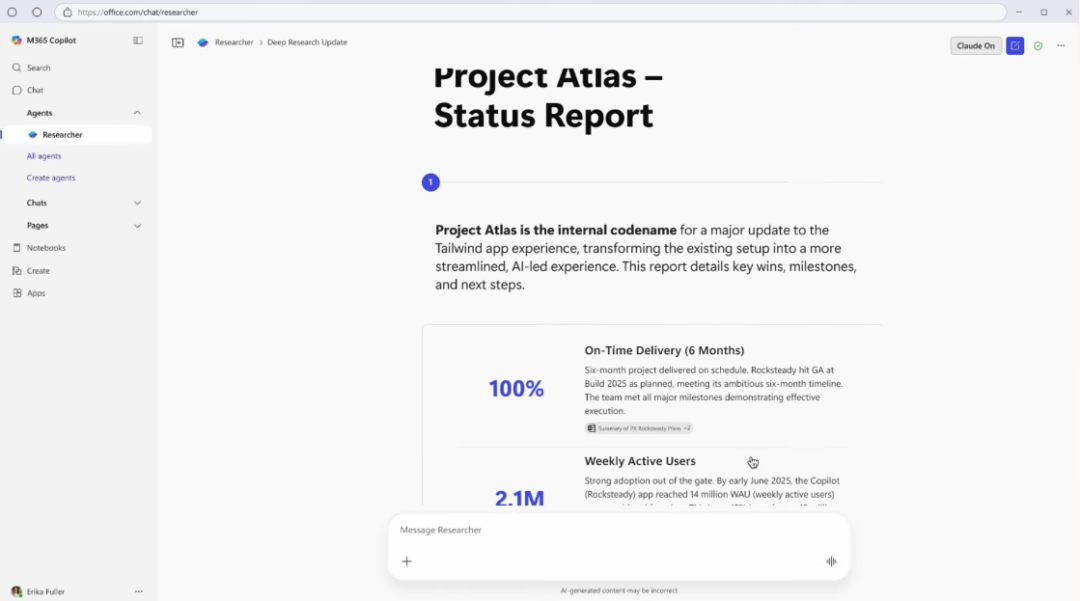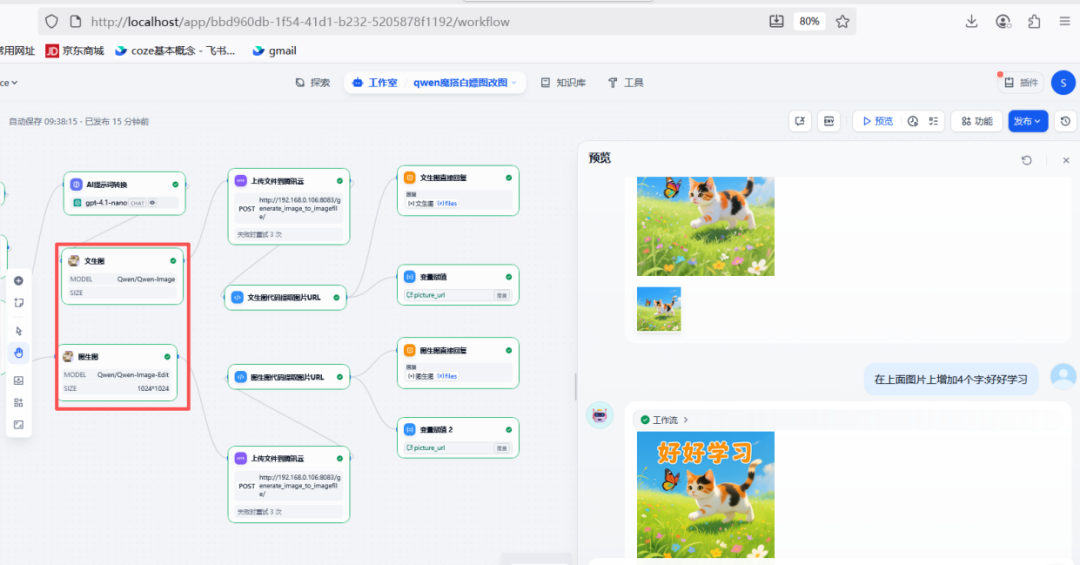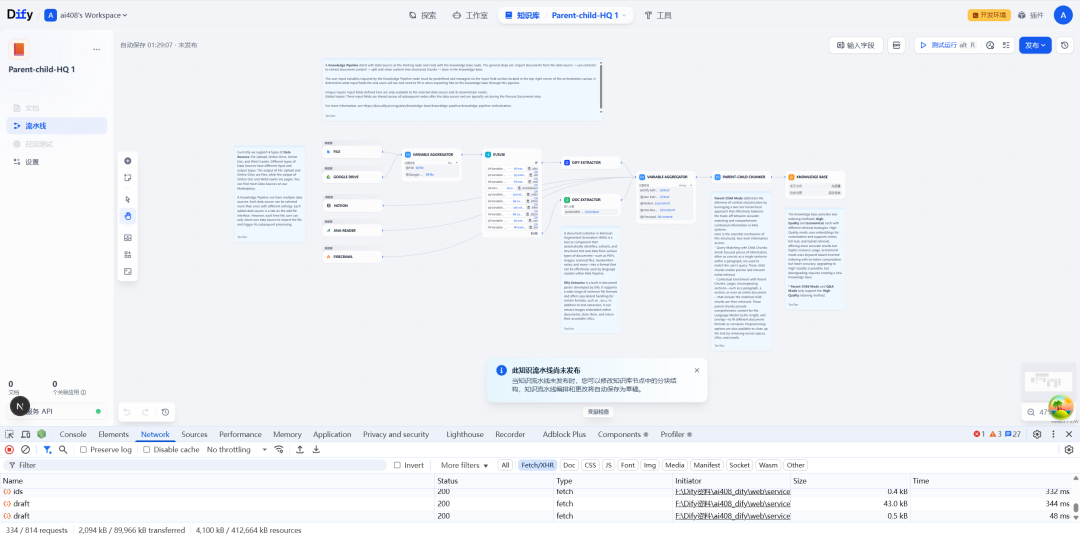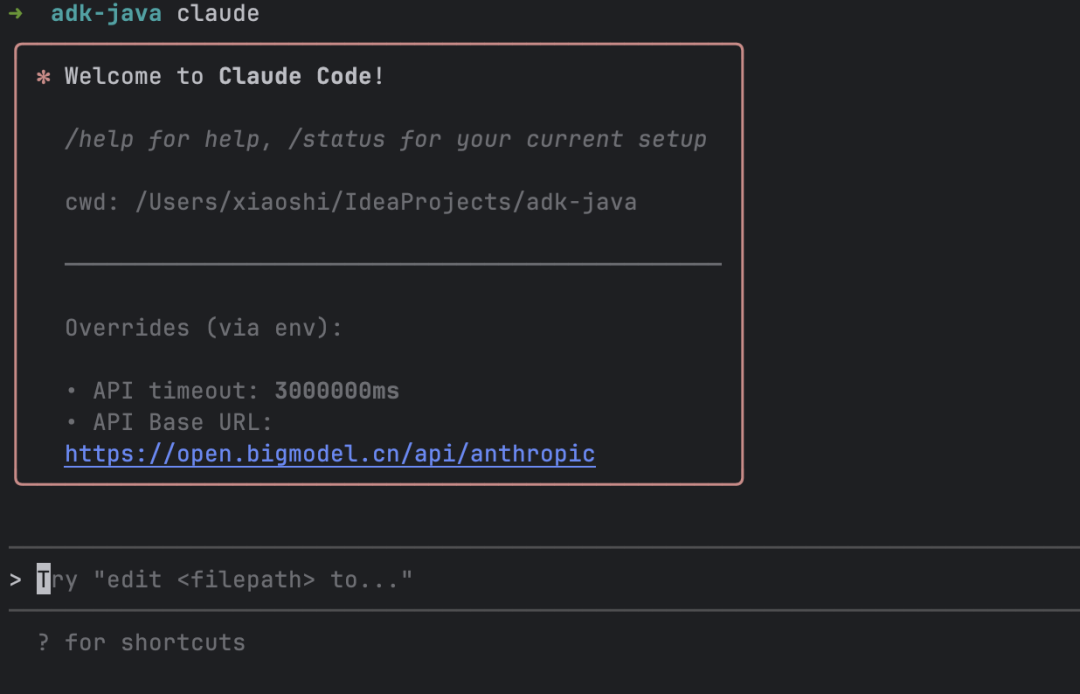Solutions to optimize resource usage
SmolDocling provides a triple optimization solution for the resource bottleneck problem when running visual language models on common devices:
- Model lightweight design: Reduces memory footprint by more than 90% compared to traditional VLM models by adopting a miniature architecture with only 256M parameters. The developer maintains the high-precision characteristics of the small model through knowledge distillation techniques.
- Hardware Adaptation Program: 1) CPU mode: default auto-detect hardware environment 2) GPU acceleration: after installing the CUDA version of PyTorch, set the
DEVICE = "cuda"can call the graphics card resources 3) Mixed-precision computation: through thetorch.bfloat16Save 40% video memory - Dynamic loading mechanism: Adopt Hugging Face's incremental loading technique to load only the model modules needed for the current processing, avoiding loading the whole model into memory.
Implementation Suggestion: 1) When processing high-resolution images, first use theload_image()Check memory footprint 2) Use paging loading strategy for batch processing 3) Enableflash_attention_2Further reduces GPU memory consumption 50%
This answer comes from the articleSmolDocling: a visual language model for efficient document processing in a small volumeThe

































